Just when you think you’ve got barbecue figured out, something as simple as altitude can throw you off your game, which is why I reached out to three Rocky Mountain pitmasters to find out why cooking at a higher altitudes can change everything.
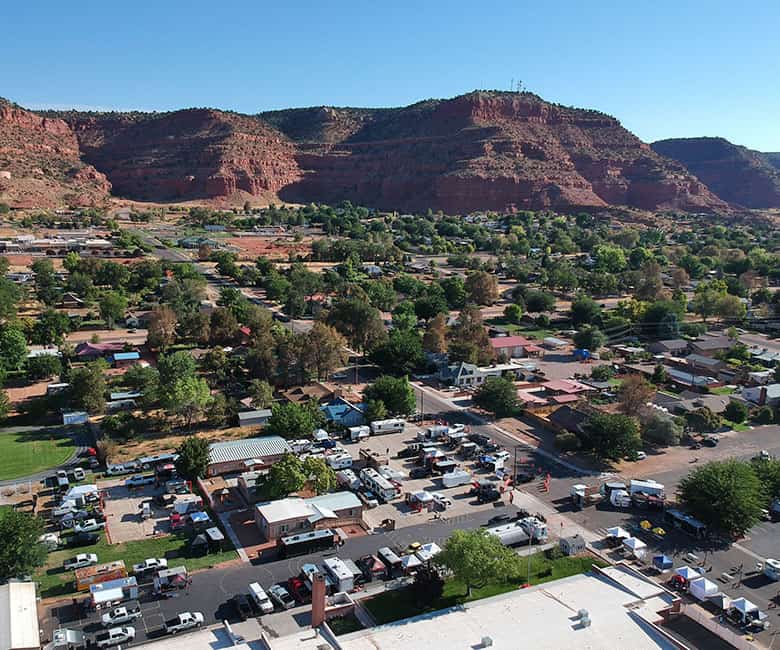
Save this BBQ Tip
Enter your email, and I’ll send this link directly to your inbox. Plus, you’ll get new BBQ recipes and tips weekly.
I compete on the barbecue circuit in Nevada, Arizona, California and Utah. I traditionally do pretty well in Las Vegas, Phoenix and St. George, but when the comps are in towns that surpass 4,000 feet in elevation, things start to go wrong.
My first high-altitude cook was in Show Low, Arizona (elevation 6,300 feet). I used my standard brisket recipe and technique, but when it came time to unwrap my brisket, all of the water had evaporated, and it was bone dry.
More recently, I cooked in Ogden, Utah (elevation 4,300 feet) and Kanab, Utah (4,900 feet). My brisket scores dropped again, and the local boys rose to the top, so I asked them if they would mind sharing a few pointers with me (and a few million friends).
What’s awesome about the barbecue family is that most people are willing to share what they know to help others out. When pitmasters win, they want to win on an even playing field. That’s when you know you’re the best of the best.
Thank you to Fidel Astorga of Utah BBQ Company, Kyle Woodward of Woody’s Q Shack and Rusty Monson of Salt City BBQ for being such awesome dudes and sharing these pointers. I look forward to cooking alongside you again.
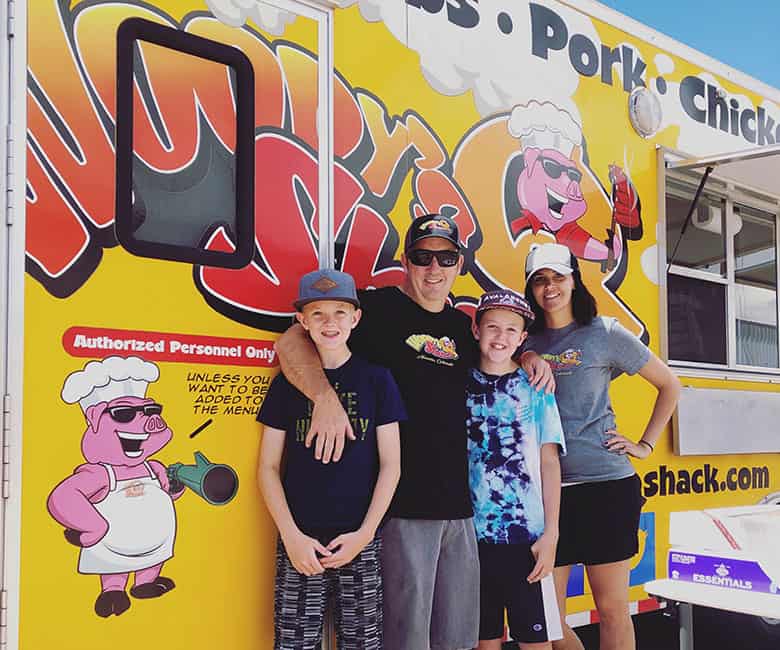
Why Does Elevation Effect Barbecue?
Kyle knows a thing or two about cooking at high altitude. He’s the owner of Woody’s Q Shack, a BBQ restaurant in Alamosa, Colorado, which is 7,544 feet above see level.
“I’ve cooked contests at several different elevations. I cook all over Colorado. Just last year, I cooked Frisco (5th overall), which is 9,097 feet, and Lamar (3rd overall), which is a little over 4,000 feet. I also cooked the American Royal Open in 2018 where we finished 7th in Chicken and 16th overall. So not only have I cooked in various elevations, but I’ve done well at all of those elevations,” said Kyle.
He said the meat definitely cooks slower at higher elevations. “As altitude increases and atmospheric pressure decreases, the boiling point of water decreases. To compensate for the lower boiling point of water, the cooking time must be increased.”
He added that turning up the heat will not help cook food faster. “No matter how high the cooking temperature, water cannot exceed its own boiling point. Even if the heat is turned up, the water will simply boil away faster and whatever is being cooked will dry out faster.”
Well there you go. That’s exactly what happened to my brisket in Show Low.
Fidel cooks at 4,000 feet on a regular basis and often travels to Idaho, Montana, Wyoming and Colorado for BBQ Competitions, including a comp in Leadville, Colorado, which is at 10,151 feet.
“Cooking on Traegers, we really didn’t struggle as much as people using drums and stick burners. We took RGC (Reserve Grand Champion), and we like to credit our Traeger Smokers for the great temperature control on that cook,” he said. “My two recommendations would be to cook at a lower temperature and still base your doneness on feel. Secondly, add an external fan control unit like a Thermowoks Smoke X4 with the billows attachment or a unit like a BBQ Guru.”
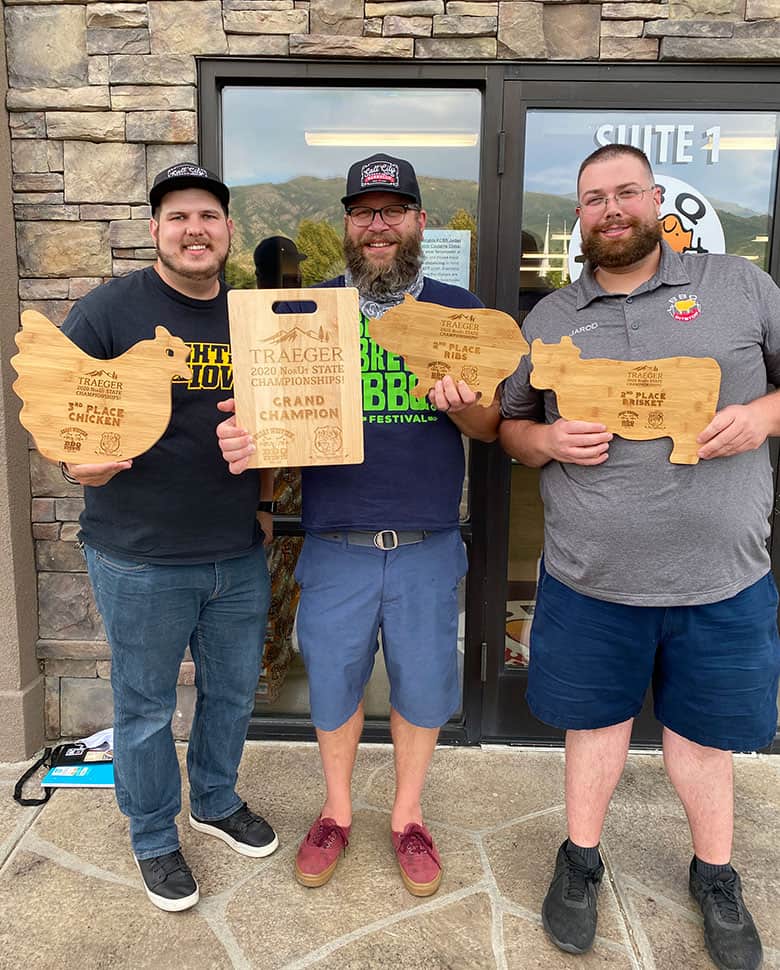
What Temp Does Water Boil
Rusty grew up in Utah smoking chicken, rabbit and jerky and selling them to local bars. He said it’s all he’s ever known. He learned about boiling points and cooking in high elevations when he was in culinary school. It was only recently that he heard that people struggled cooking at his elevation.
“When I started competing with lower elevation cooks, like yourself, I saw they struggled with getting their pits to temp. Science right?” His advice: “Allow more time to get your pits up to temp.”
He also recommends adding moisture to your pit.
“Our brisket goes on a 450F-degree pit for an hour. Then, we take that temp down, but the water in the meat evaporates sooner, and we finish at lower temps then yours might. We use water pans to help with that,” he said. “By adding moisture to the cook, we can keep that moisture in the meat longer. I know people do that all over, but we add more water than regular folks.”
Kyle agrees, he said: “The higher up you go, the more liquid you should add to your wrap.”
The below table gives you a general idea about boiling points at different altitudes. In addition to this, Kyle recommends bookmarking this website: https://www.omnicalculator.com/chemistry/boiling-point-altitude.
“Find the elevation of where you are cooking, punch the elevation into this calculator, and it will give you the boiling point (stall point),” he said.
This is so smart. I used to actually boil a pot of water and stick my Thermapen in it.
While we’re talking about Thermapens, Kyle said: “You should eliminate the thought that your meat should always be done at or around the same temp as when you practice in your backyard.
“Instead, do some research before you go to the comp, and mentally prepare for your meat to finish at or around the boiling point. Have patience, and don’t panic when your meat is taking longer, or when it stalls out.”
| City | Elevation (feet) | Boiling / Stalling Point (F) |
|---|---|---|
| Houston | 100 | 212° |
| Memphis | 300 | 211° |
| Nashville | 600 | 211° |
| Kansas City | 900 | 210° |
| Las Vegas | 2,000 | 208° |
| Salt Lake City | 4,200 | 204° |
| Denver | 5,280 | 202° |
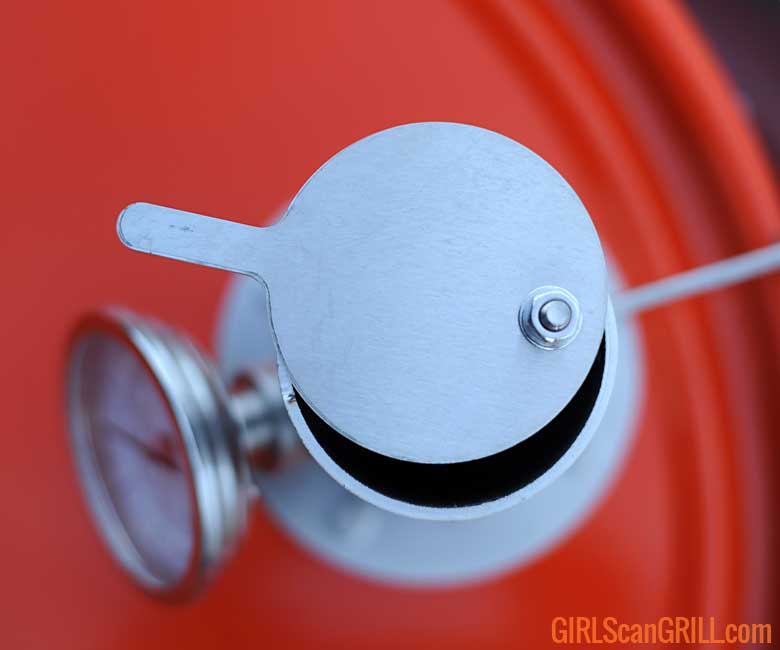
Should You Adjust Your Pit Temp at Different Elevations?
All three Rocky Mountain pitmasters keep their pit temps pretty consistent across elevations.
Rusty finds that low and slow works a little better, but he said if you allow time for your pits and use more water, hot and fast shouldn’t be too big of a deal, except with competition chicken. “I think if your hot and fast and you moving up in elevation, your chicken is something you need to worry about getting done too fast or drying out,” he said.
Fidel isn’t a huge fan of adjusting his pit temps. He said that seems to throw him off his game.
“If I really adjust anything, it would be my cook time, I like to give my big meats a nice long rest in the Cambro. I find that low and slow works for us and our cooking method at higher elevations.”
His team cooks on Traeger Ironwoods, but for the first time in two years, he cooked on his Stump Smokers in Kanab, Utah, where his team took Grand Champion.
“The issue I see with some smokers at higher elevations is that the fire struggles to get the oxygen it needs to burn at certain temperatures,” he said. “The Ironwood has a built-in fan and thermometer, which regulates that cook temperatures in our pits. The Stumps smoker does not have a built-in fan system, but it does have the ability to add an external fan, which we use the Thermoworks Billows with the Smoke X4 controller. Both seem to do an amazing job for us.”
Kyle is a Gateway Drum Smoker guy, and he said he runs the dial straight up and down (300F degrees) regardless of where he’s cooking.
“Hot and Fast works everywhere, but at high elevation, it just takes a little longer,” he said. “You have to be patient and give yourself more time as the elevation goes up. In my restaurant, we cook low and slow. We do wrap all meats in the restaurant. Both methods work well in high altitude.”
Should You Adjust Your Seasoning at High Altitudes?
When I cooked in Ogden, I found my pork butt lacked flavor. It was no problem, I doctored it up before boxing, but I found it odd. Later, when I talked to other Vegas and Arizona teams, they had the same outcome with their meat, so I asked the Rocky Mountain boys if this was an altitude thing.
“I find that when we have to use lots of water in our pans, our seasoning doesn’t adhere as easy,” said Rusty. “That is why we start at a higher temp. I learned that from Thomas Keller, and I implemented it in my comp cooks, and it seems to work better.
“You have to be careful though. You will mess up your color. You have to drop those temps drastically before you start burning your food. But you will use more moisture in your cooks, and you are braising more than you might at home, so the rubs will clump easier or come off if you grab the meat.”
Kyle doesn’t adjust his seasoning. “I’ve never noticed the food being bland at high altitude or being stronger at low elevation,” he said. “However, if the teams were not used to the altitude, it makes sense that the extended cook time would burn off more seasoning, so I do understand that theory.”
The same goes for Fidel. “I never really noticed bland food at higher elevations. I usually don’t taste my food until I am ready to turn them in, by then I have set the BBQ sauce and added my final finishing dust. I pretty much season my meats the same in high or lower elevations,” he said.
So, it looks like the feelings are mixed. But I’ll never forget something Tuffy Stone taught me. He said competition BBQ is a tenderness game. If you get your tenderness spot on, you can adjust the taste after it cooks. So always taste your meat before you box it, and adjust accordingly.
How Do You Know When Your Meat Is Done?
This is the trickiest question in barbecue and honestly the key to it all. And just when you think you’ve got it figured out in your backyard, a trip to the mountains can change everything.
Kyle provided these pointers:
Let’s talk high-altitude cooking. As a general rule of thumb, and this was taught to me by Kelly Wertz and David Bouska…Once your meat stalls out, give it an extra 30 minutes and pull it off the smoker.
During these 30 minutes, I’m looking for two things: 1) tenderness, 2) I’m also making sure to not dry the meat out and here is why.
A meat stall is basically defined as the point that all of the moisture has evaporated from the meat (boiled out). Above 2,500 feet, the atmosphere becomes much drier. The air has less oxygen and atmospheric pressure, so cooking takes longer and moisture quickly evaporates from everything.
I learned this the hard way. I was at a contest in Leadville, Colorado. Elevation 10,151 feet. The first year of the contest, all the teams were freaking out, me included, because our brisket was stalled out at 196F degrees. I finally pulled my brisket off the smoker after rib turn ins.
I was trying to get my brisket to 200F degrees. It stayed at 196F for two hours. Normally, my brisket is finished around 11 a.m. When I opened the foil, there was not a drip of liquid in the foil. Not only was it dry, but the brisket was stuck to the foil as it had began to burn.
I learned a very valuable lesson that day. Yes, the meat can still be probe tender. You just have to know what the stall point will most likely be and mentally prepare yourself to pull the meat off the smoker shortly after it has reached the stall point.
For example, I knew going into Kanab that the boiling point of water was 204F. Sure enough, my brisket stalled at 204F. I actually let it go for an extra hour after it stalled. I didn’t have much au jus in the foil, but my brisket was probe tender. I placed 6th in Brisket.
At my restaurant, which is 7,544 feet, we pull our briskets at 198F and we never have tenderness issues.
When Kyle refers to the stall, this is different than the stall that you hit in the middle of your cook (usually around 160F degrees). That’s when many pitmasters wrap the brisket to push through that first stall period faster.
This second stall is at the point when the meat stops rising in temperature a second time, which happens around the boiling point.
Rusty echoed this strategy. He said it’s important to rely on the probe test and not temperature. “You may probe your meat to get to 204F then start probing for doneness, but in higher elevation it might be done already.
“Wrap sooner than you would usually is a good one,” he added “That way you keep that moisture in as long as possible. We use an aluminum pan with a lot of liquid in our wrap. Use more water in your pan. Just know, if you are all about the butcher paper, that’s fine, but foil will work better.”
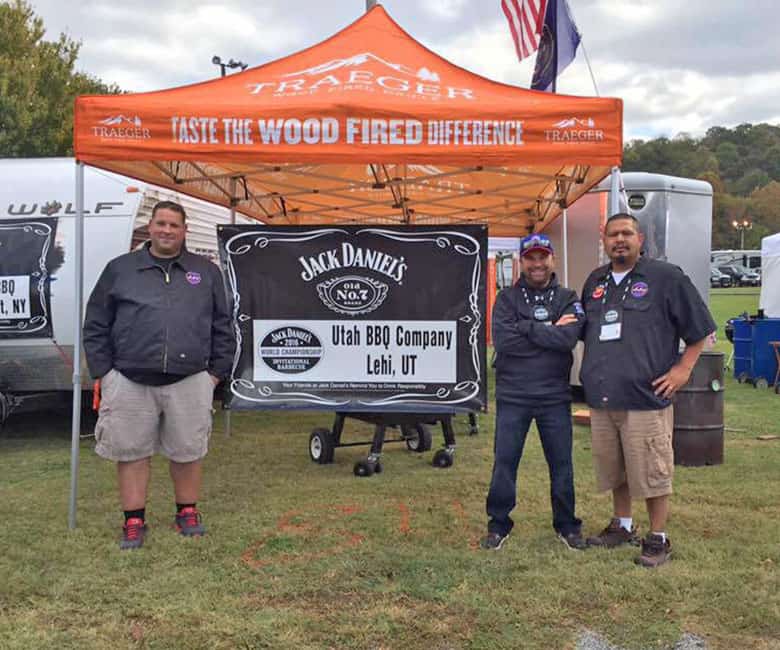
How These High-Altitude Pitmasters Adjust for Cooking at Lower Elevations
Fidel prefers to cook at a lower temp in higher elevations. “The few times we cooked in Texas and/or California (lower elevations), our food seemed to cook faster but not extremely off from our normal cook times. I prefer to cook at lower temperatures but recently we have had some great advice given to us about cooking at hotter temps, and we will cooking more at a hotter temp during the off season.”
Rusty admitted to having some rough cooks in Arizona that threw his team off their game a little, but like most pitmasters, he learns with each cook and makes adjustments. “I notice that I need to focus on my intakes, and by that I mean, we don’t have to have them as open. When we were gilling, I ran hotter faster. Our food cooked faster than we wanted, which was fine but hurt on chicken.
“Overall, I really don’t notice a huge difference. There are minor tweaks but nothing crazy. If your coming up to 4,500 feet, then you will have to allow your pits more time to get to temp, and watch your food, because it might be done sooner than you want,” he added.
Such great advice from three great teams. I’m excited to take these tips and barbecue at high altitudes again. I might even take a trip to Utah to just practice. Who’s with me?
Meet the Pitmasters
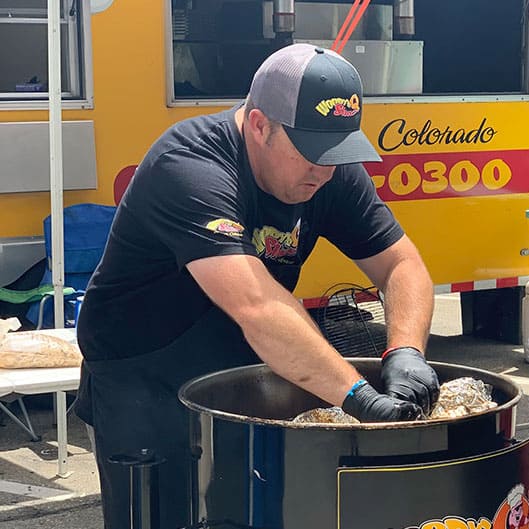
Kyle Woodward
Woody’s Q Shack
Alamosa, Colorado (7,544 feet)
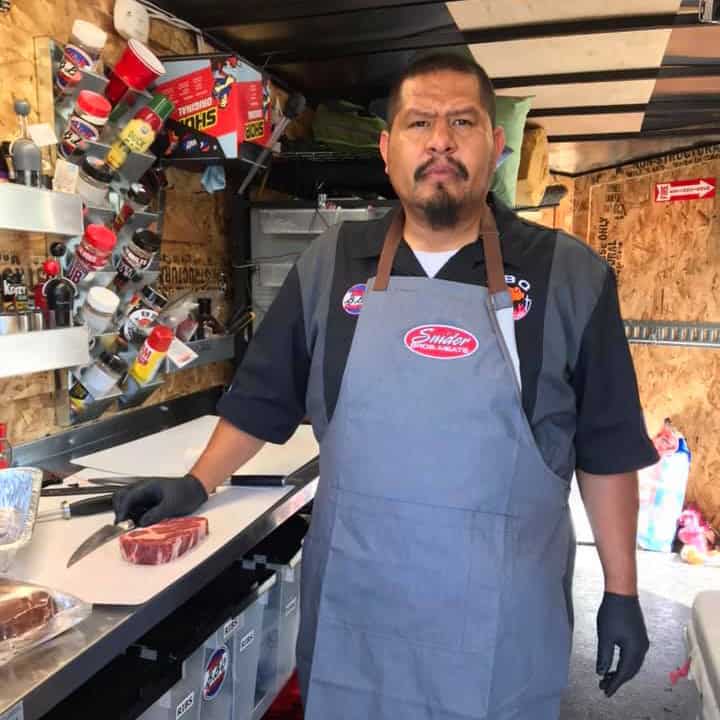
Fidel Astorga
Utah BBQ Company
Lehi, Utah (4,564 feet)

Rusty Monson
Salt City BBQ
Bluffdale, Utah (4,500 feet)
Competition Chicken Thighs
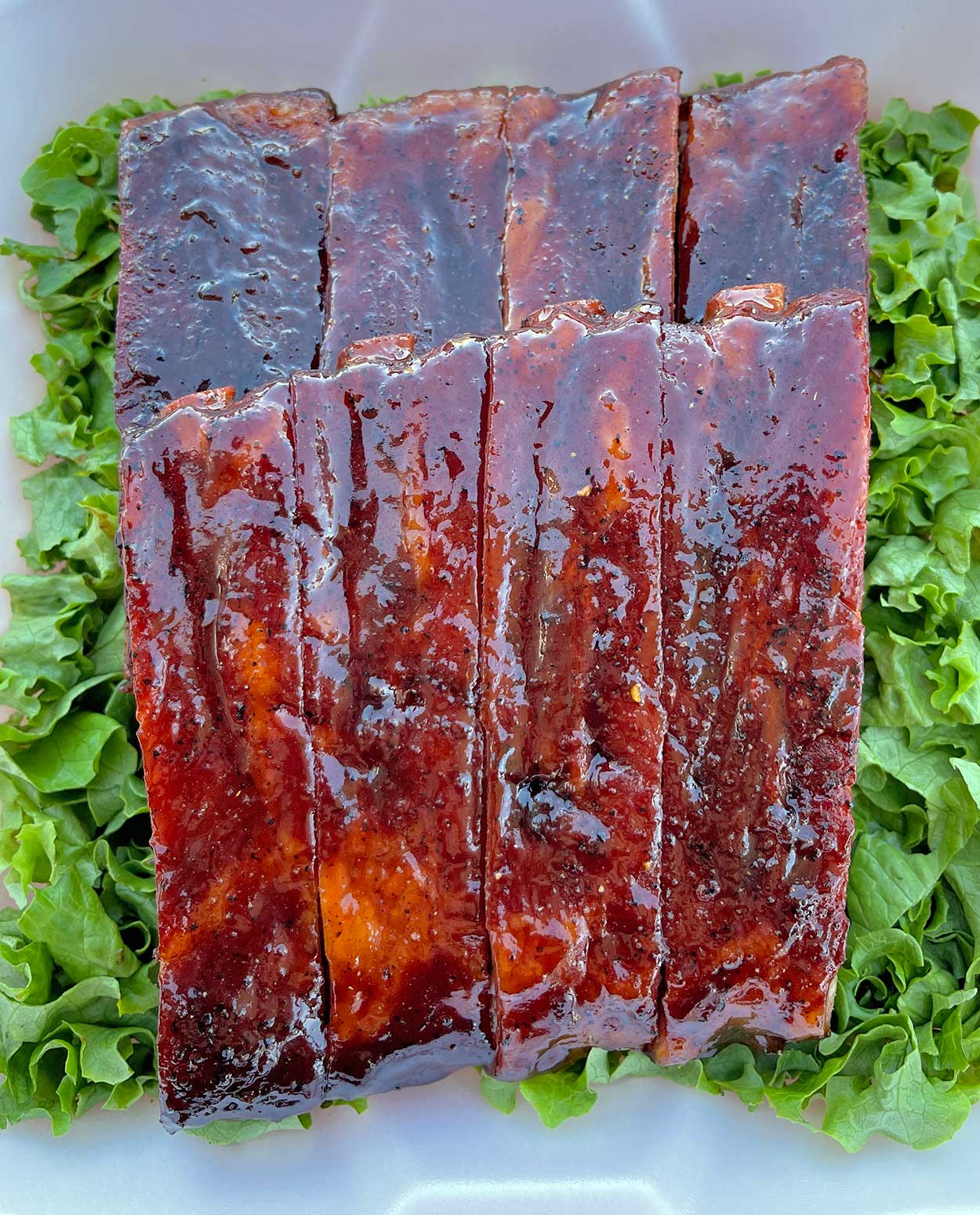
Competition Ribs

Competition Pork Butt
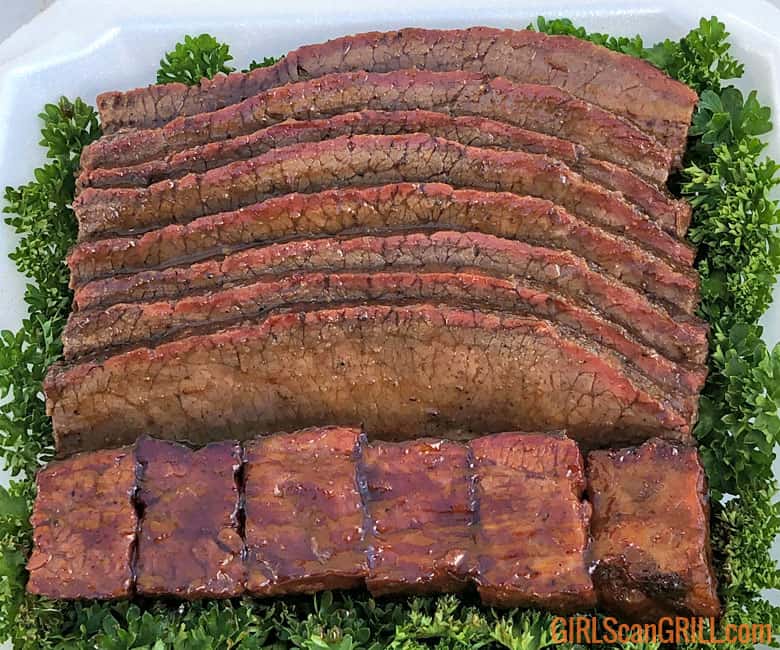
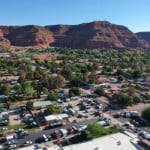

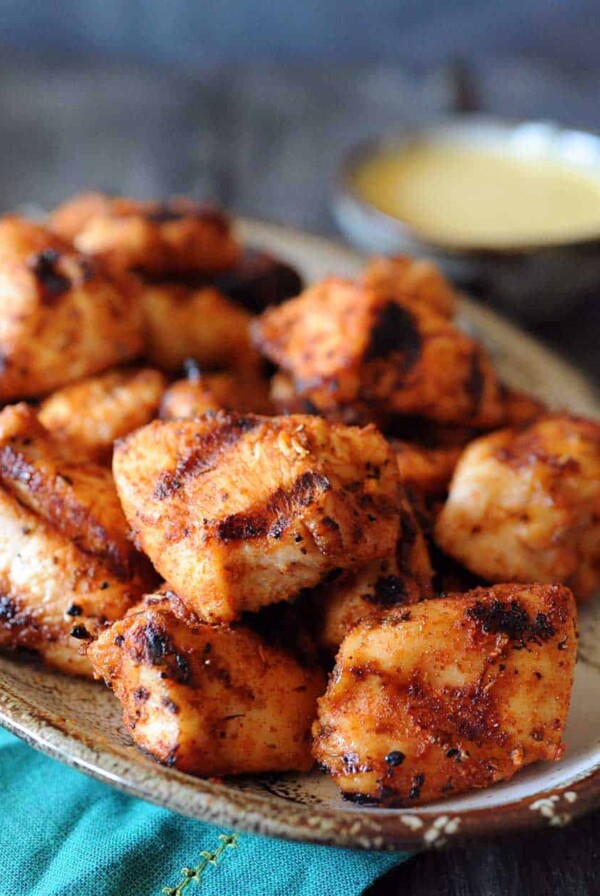
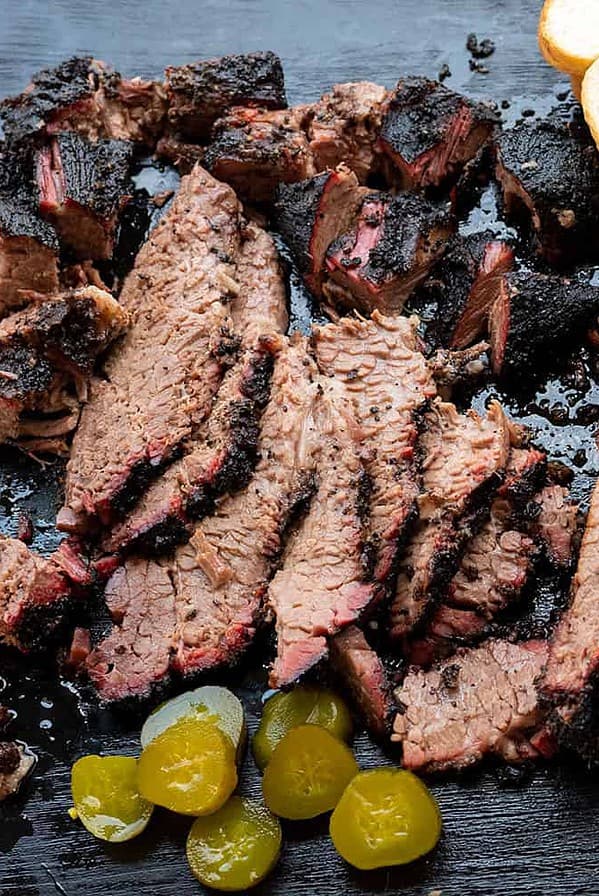
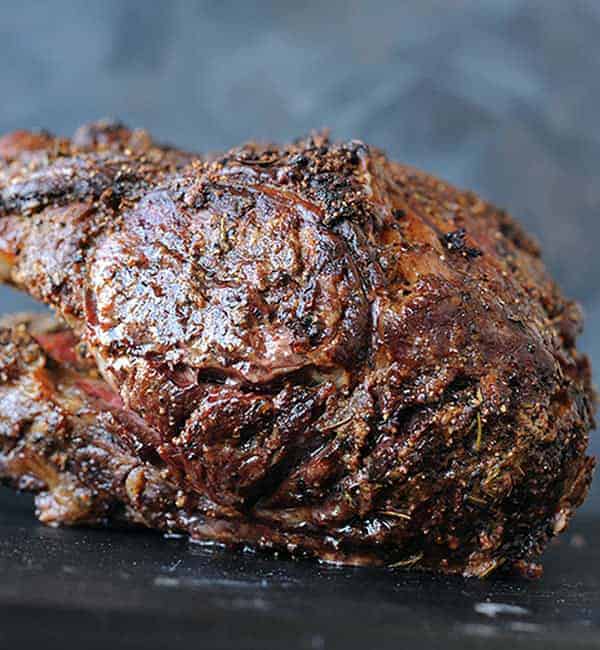
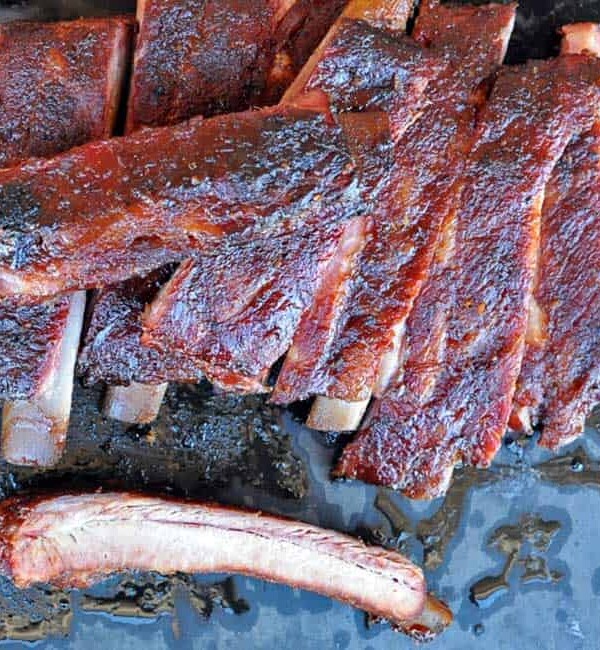









great stuff
Thank you. We have a new smoker and are at 8400.
We have tried rib and pork chop with what we thought were good results. We have experienced altitude lower boiling temps. But until this article wasn’t sure how to help the process. We are north of Kanab by 80 miles on a beautiful lake. Thanks again for the ‘insiders tips
I’m so glad it was helpful. Enjoy your new smoker.
so according to your chart, since I’m in Kansas City, when I do a pork butt to an internal temp of 200, I should never see a stall?
Sorry for the confusion. The boiling/stalling point refers to when the meat has finished cooking – mainly brisket. You will likely see a stall when the meat starts to evaporate moisture – usually around the 160 mark. I’ll update the chart to make it more clear.
What are some of the best charcoal/wood smokers at high altitude (9,000 feet)?
I haven’t really found that the type of grill or smoker matters. It’s more about managing the charcoal load and oxygen flow. I use my Hunsaker drum smokers at high altitude and they work great.